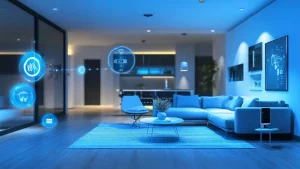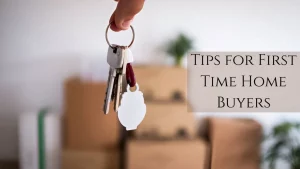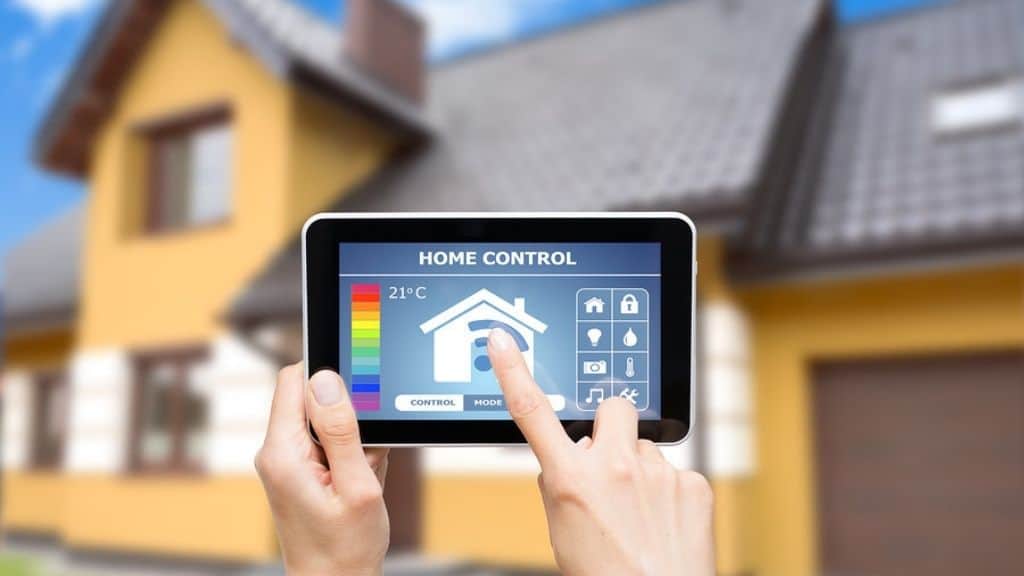
In an era where safety is paramount, protecting your home and loved ones should be a top priority. Home security systems have evolved significantly, offering smarter, more efficient ways to ensure safety. In India, the demand for advanced home security systems has surged, driven by urbanization, technological advancements, and increasing safety concerns.
From home security alarm systems to advanced door locks, the options are abundant and cater to diverse needs. This guide dives deep into why you should invest in these systems, the top 10 options available in India, and how they transform your home into a haven of safety.
Why Are Smart Home Security Systems a Necessity?
The world has changed, and so have safety challenges. Traditional locks and measures are no longer sufficient. Here’s why smart home security systems in India have become indispensable:
- Round-the-Clock Monitoring: Advanced home automation systems provide real-time surveillance, ensuring your home is secure whether you’re at work or on vacation.
- Intruder Deterrence: Visible home security devices, like cameras and alarms, act as a strong deterrent to burglars, reducing the risk of break-ins.
- Remote Access and Control: With smart features, you can manage your home security alarm system from anywhere using a smartphone, giving you control at your fingertips.
- Instant Emergency Response: Many home security alarm systems in India are designed to notify authorities or emergency contacts immediately during a breach, offering critical support when it’s needed most.
- Seamless Integration with Safety Devices: Modern home safety devices integrate effortlessly into a cohesive network, allowing your alarms, cameras, and door security systems to work together for enhanced protection.
Top 10 Home Security Systems in India
Securing your home in today’s world requires more than just a sturdy lock. Modern threats demand innovative home security solutions that combine technology, convenience, and reliability. Below are detailed and practical options to consider for safeguarding your home:
1. Security Camera
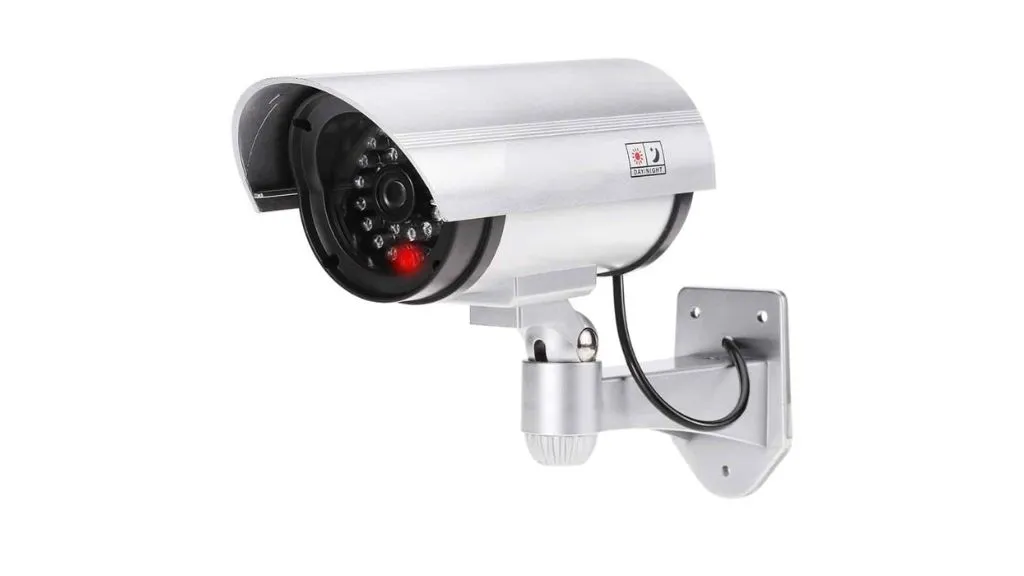
What they are: These devices provide live video feeds of your property, accessible through mobile apps.
How they work: Equipped with features like motion detection, night vision, and two-way communication, smart cameras offer a full view of your home.
Why they’re effective:
- Deter potential intruders with visible surveillance.
- Monitor activities in real-time, even when you’re away.
- Save recorded footage for future reference.
Best for: General monitoring, outdoor spaces, and blind spots.
2. Advanced Home Security Alarm Systems
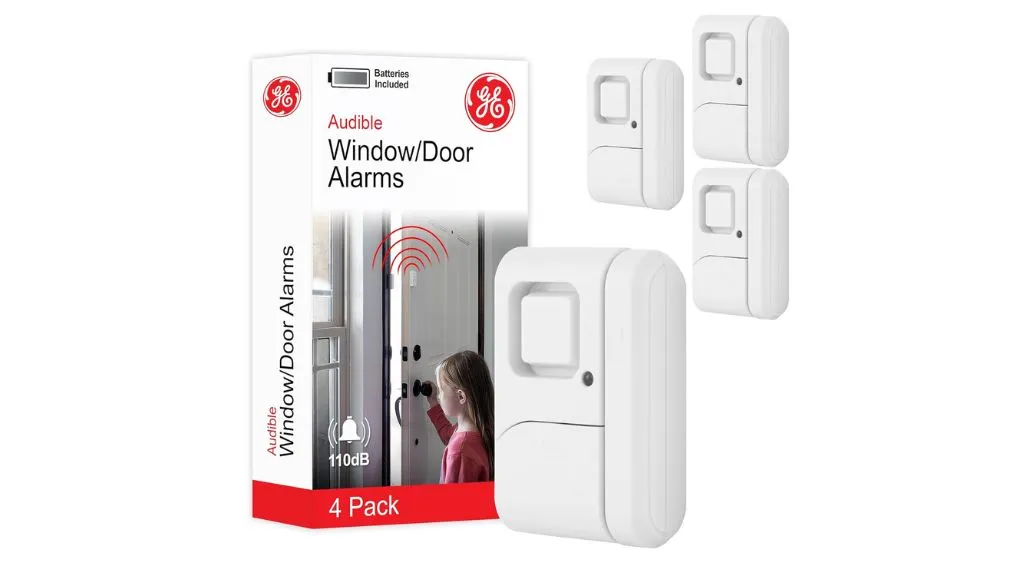
What they are: These are the home automated systems that sound an alarm or send alerts when a breach is detected.
How they work: Sensors placed on doors, windows, or motion-activated areas detect unauthorized access or break-ins.
Why they’re effective:
- Instantly alerts homeowners and authorities.
- Discourages burglars from continuing their attempts.
- Offers customizable features for various home sizes.
Best for: Large properties and homes in high-risk areas.
3. Smart Door Locks and Access Control Systems
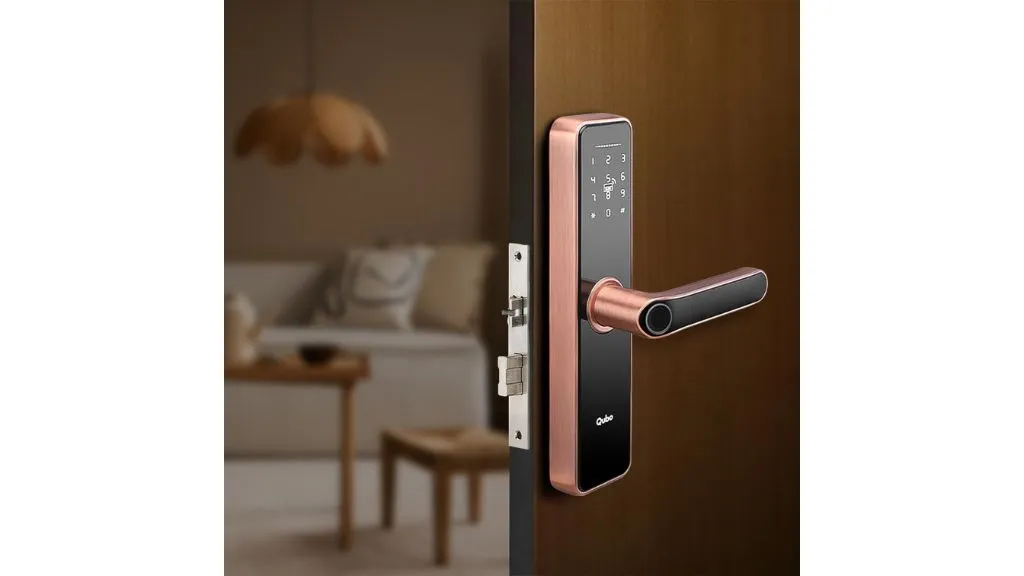
What they are: These door security systems replace traditional locks with keyless options controlled via apps, keycards, or biometrics.
How they work: Users can unlock doors using PINs, fingerprints, or smartphones.
Why they’re effective:
- Eliminate the risk of lost or duplicated keys.
- Track who enters or exits your home.
- Provide remote access to trusted individuals.
Best for: Families and shared accommodations.
4. Motion Detectors and Smart Sensors
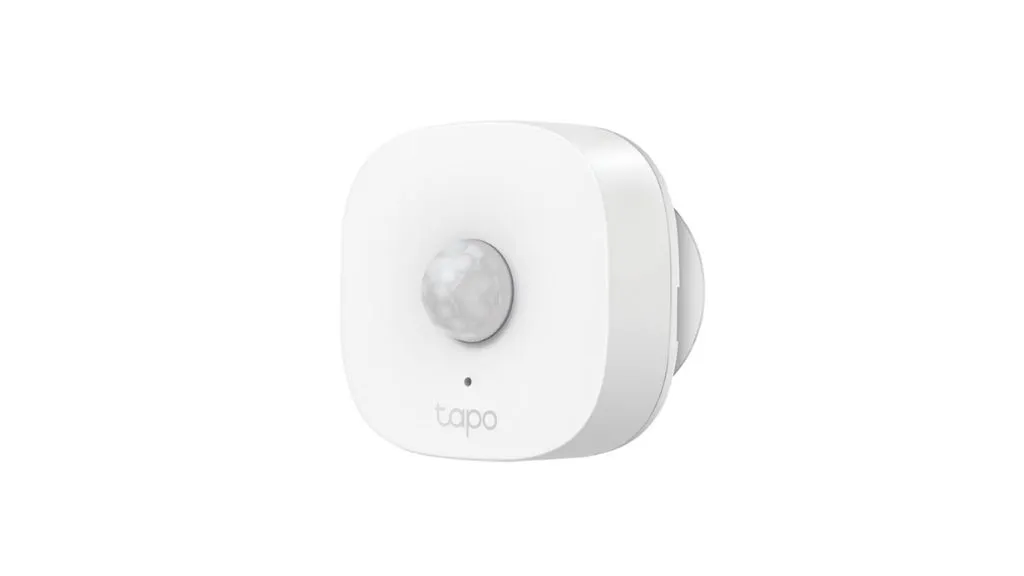
What they are: Devices that detect unusual movement or tampering.
How they work: Infrared or laser technology identifies movements in sensitive areas.
Why they’re effective:
- Provides instant notifications for suspicious activities.
- Works seamlessly with other home security devices like lights and cameras.
- Covers areas you can’t monitor manually.
Best for: Basement windows, backyards, and hidden corners.
5. Video Doorbells
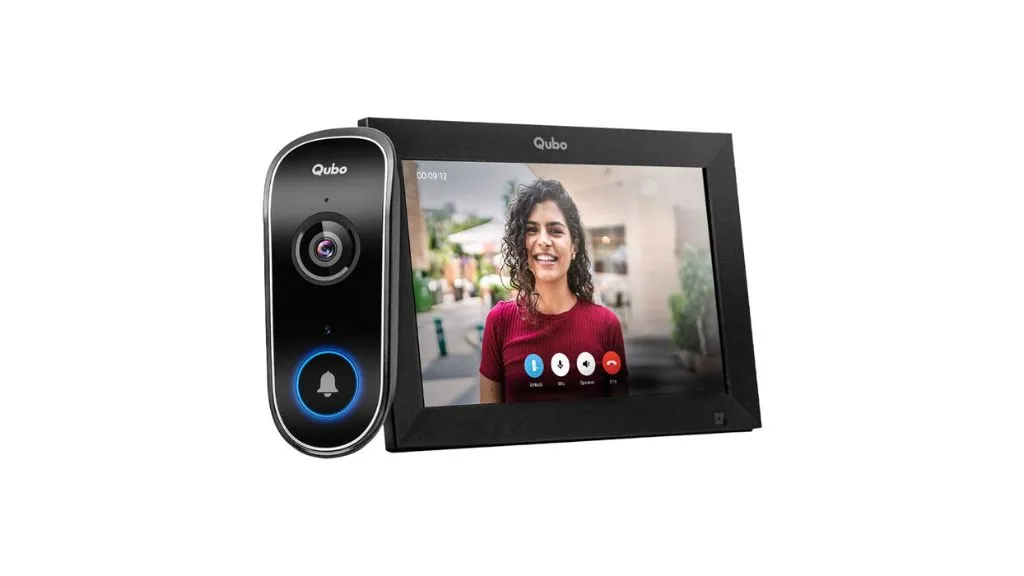
What they are: Doorbells integrated with cameras and intercom systems.
How they work: When someone rings the doorbell, a live feed is sent to your phone, letting you see and talk to the visitor.
Why they’re effective:
- Know who’s at your door even when you’re not home.
- Record and store visitor interactions.
- Identify potential threats before opening the door.
Best for: Apartment entrances and family homes.
6. Integrated Smart Home Security Systems
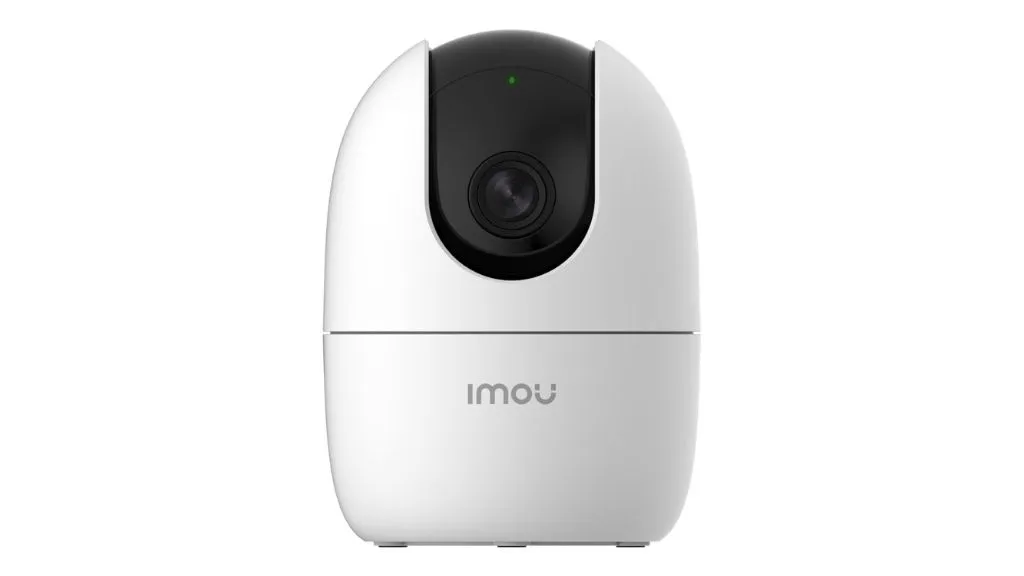
What they are: Comprehensive systems combining cameras, alarms, motion detectors, and more into a single network.
How they work: Managed through a central hub or app, these systems allow users to control multiple devices simultaneously.
Why they’re effective:
- Create a unified ecosystem for all your home security solutions.
- Receive consolidated alerts and reports.
- Ensure seamless operation without manual intervention.
Best for: Tech-savvy homeowners seeking holistic protection.
7. Perimeter Security Systems
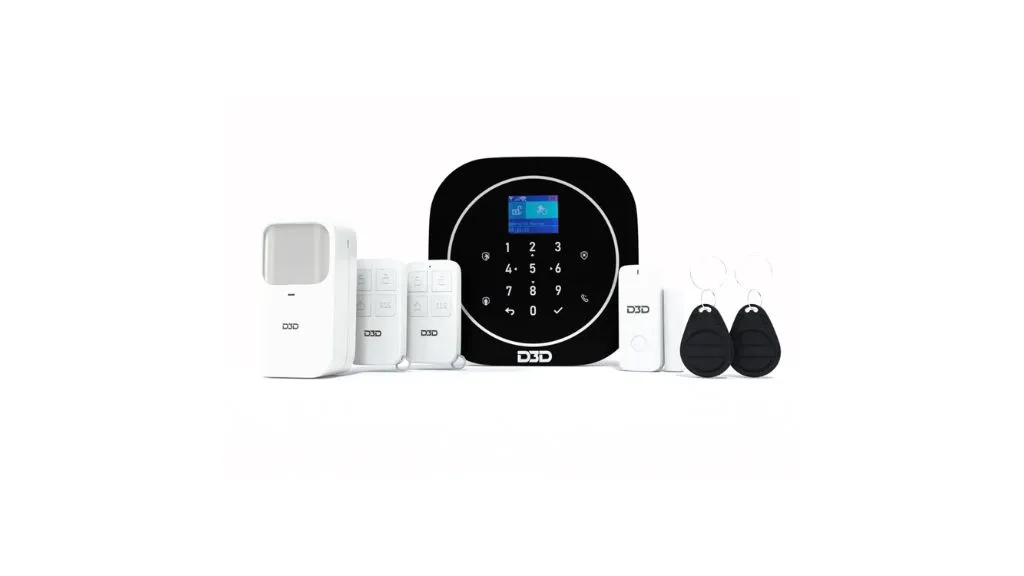
What they are: Systems designed to monitor the outer boundaries of your property.
How they work: Sensors, laser beams, or fences detect breaches and trigger alarms.
Why they’re effective:
- Acts as the first line of defense.
- Ideal for larger properties with gardens or open spaces.
- Ensures intruders are detected before they reach the main building.
Best for: Large estates or standalone homes.
8. Fire and Gas Leak Detection Systems
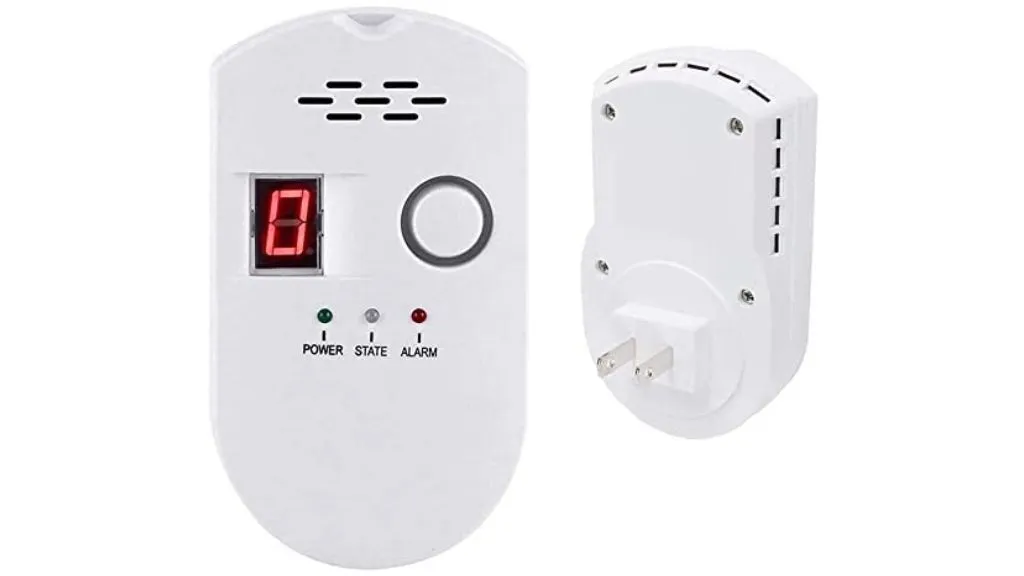
What they are: Devices that monitor air quality and alert you to dangerous changes.
How they work: Sensors detect smoke, heat, or gas leaks and immediately sound alarms.
Why they’re effective:
- Prevents potential disasters caused by fire or gas leaks.
- Adds an extra layer of safety beyond security.
- Works in tandem with other home safety devices.
Best for: Kitchens and areas with gas pipelines or electrical equipment.
9. Professional Monitoring Services
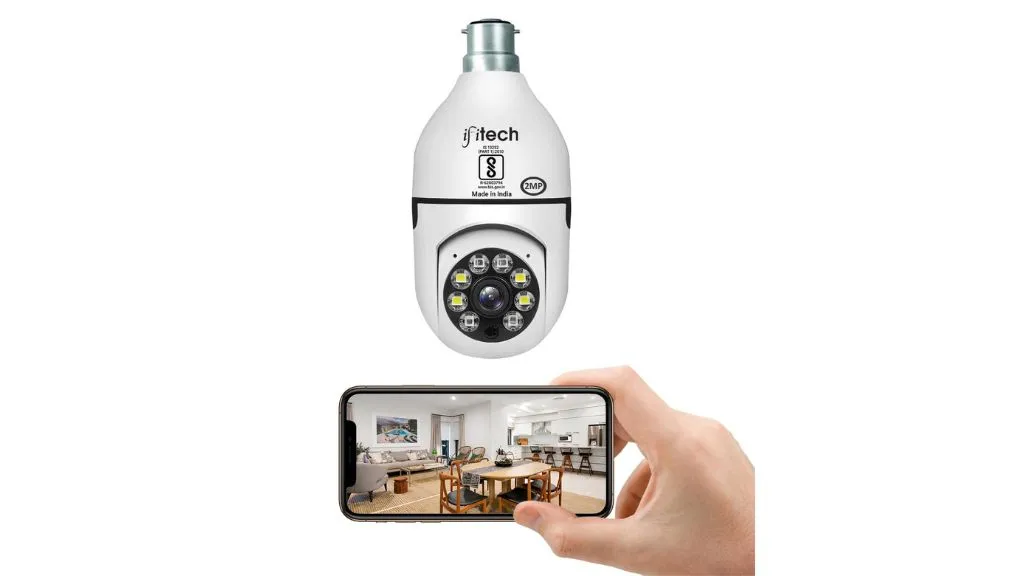
What they are: Paid services that oversee your home security system India 24/7.
How they work: A dedicated team monitors your devices and contacts emergency responders during incidents.
Why they’re effective:
- Offers round-the-clock protection, even if you’re unavailable.
- Reduces response time during emergencies.
- Provides expert handling of security breaches.
Best for: High-risk homes and busy homeowners.
10. DIY Home Security Kits
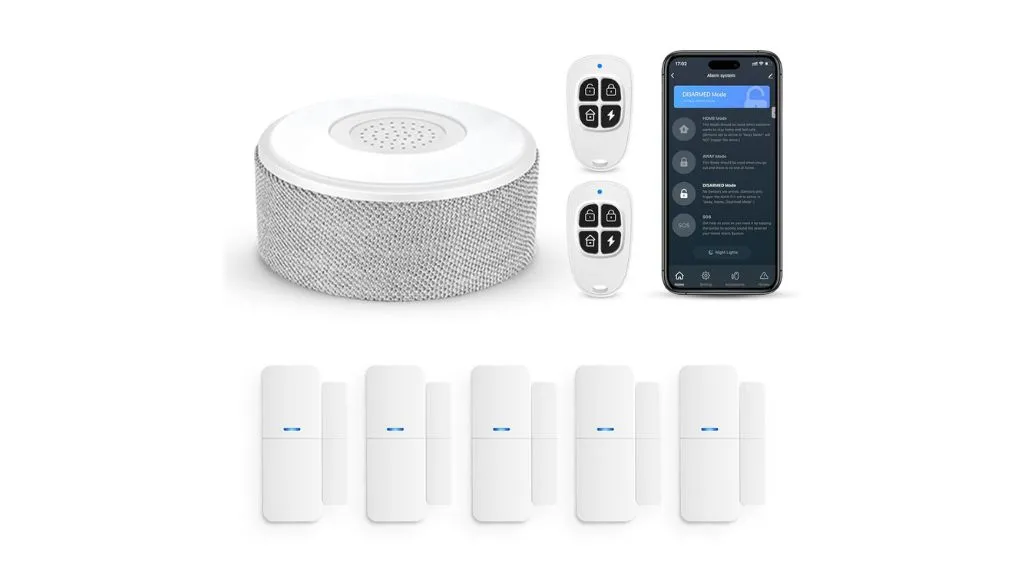
What they are: Ready-to-install home security items that don’t require professional assistance.
How they work: These kits typically include wireless cameras, alarms, and basic motion detectors.
Why they’re effective:
- Affordable and easy to install.
- Flexible, allowing users to customize based on their needs.
- Perfect for renters or those new to home security systems.
Best for: Budget-conscious homeowners or temporary residences.
How These Security Systems Transform Your Home?
Investing in advanced home security systems not only protects your home but also enhances your quality of life in several impactful ways:
- Improved Safety
Modern home safety devices such as smart cameras, motion detectors, and advanced alarms significantly reduce security risks. These systems deter potential intruders with visible surveillance and automated alerts, ensuring your family and belongings remain safe.
- Convenience
Gone are the days of worrying about whether you locked the door. With smart locks and integrated door security systems, you can control access to your home remotely. Manage cameras, alarms, and other home security devices effortlessly using your smartphone, even when you’re miles away.
- Peace of Mind
24/7 monitoring and real-time alerts provided by advanced home security solutions let you stay connected to your home’s safety. Whether you’re on vacation or at work, knowing you’ll be notified instantly of any unusual activity ensures unparalleled peace of mind.
- Enhanced Lifestyle
Today’s home security items are designed to work seamlessly with smart home systems. For instance, connecting your security cameras to a voice assistant or integrating alarms with automated lighting can streamline your daily routine and add convenience to your lifestyle.
- Increased Property Value
Homes equipped with high-tech home security systems in India are more appealing to potential buyers. Smart security features are considered a premium addition, enhancing the value of your property in the real estate market.
By incorporating these innovative home security alarm systems, you not only safeguard your home but also elevate your living standards, making your home smarter, safer, and more efficient.
Home Security Systems – How Do They Work?
For most home security systems, the components can easily connect to a base station. After this, they connect to a mobile app that allows the user to monitor and control things remotely. Major security systems mostly use Wi-Fi, Bluetooth, or cellular to connect with the user’s phones while other systems choose a battery backup or landline phone in case of power outages.
The home security alarm system should be armed outside and disarmed when home by simply inputting the password or by voice command or the key fob, or an app. When disarmed, the sensors and the camera stop automatically, however, the smoke and carbon monoxide sensors remain on irrespective of whether the security system is armed or not.
Here is how the home security systems work:
- The users can access the live stream footage on a mobile app captured by the security camera
- The notifications are received from the sensors
- One can speak using the two-way audio with other capabilities involved
- On the other hand, as opposed to a local alarm system, these smart home security systems allow you to see what goes on in the house no matter where are are
- Local alarms however only set off a siren at the house
Home Security Alarm System – How Happens When The Alarm is Set off?
The sensors communicate with the base station and send out messages to the mobile application. Also, depending upon the system, the phone settings, and the app, the user can also receive email notifications, app notifications,s or text notifications. From there, the users can also live stream the footage of the whereabouts or use the camera’s two-way audio to communicate. In case there is an intrusion, they can also call the police.
What happens if you fail to see the notification?
Depending upon the choice of the system there are companies who offer 24/7 monitoring systems as well. Here, in case the alarms go off, the professional monitoring team receives a notification and as the emergency is verified, the call to the emergency services is made.
In Conclusion: Why Choose Home Security Systems? The Pros and Cons
Investing in the right home security system in India is a step toward ensuring the safety of your loved ones and belongings. With options ranging from smart cameras to comprehensive home security alarm systems, there’s a solution for every need and budget.
Now that we understand what a home security system is and how it functions in keeping us safe and alert, let’s now indulge in the highlights and drawbacks of these.
Pros
- The home security alarm system comes with fast police contact – all thanks to the professional monitoring through which they are notified when not in the house
- They are capable of identifying deter burglars, this also includes when if you only have a sign or the window stickers to alert and scare the possible intruders away
- These security systems have simple and easy safety alerts. These are best used if we, in a hurry, accidentally forget to close the front door or the back window, these systems can help – all thanks to the entry sensors that can be remotely functioned using a smartphone application. This can be done via notifications too to inform the user about the doors, an intruder, or if there is any movement detected.
- There are many home security systems that offer discounts that is if the security systems are purchased – the best plan to limit the cash spent
- Live Streaming is a great addition to these security systems to help understand what goes on in the house in your absence
Cons
- Given their highlights, these systems also come with a cost on the higher end. The cost can be expected to be around $400 on an average. This also depends on the kind of system you are purchasing, while the minimal ones only feature the sensors, the others come with 15+ components
- If you add 24/7 monitoring or a cellular backup to these systems, there is a monthly cost included. The charge can range from anywhere between $10 to over $60
- There have been incidence of false alarms too so much as that the police have been triggered and involvement
- In the midst of work, there is an incident where you might forget to turn the home security systems on when leaving the house, making the system pointless.

